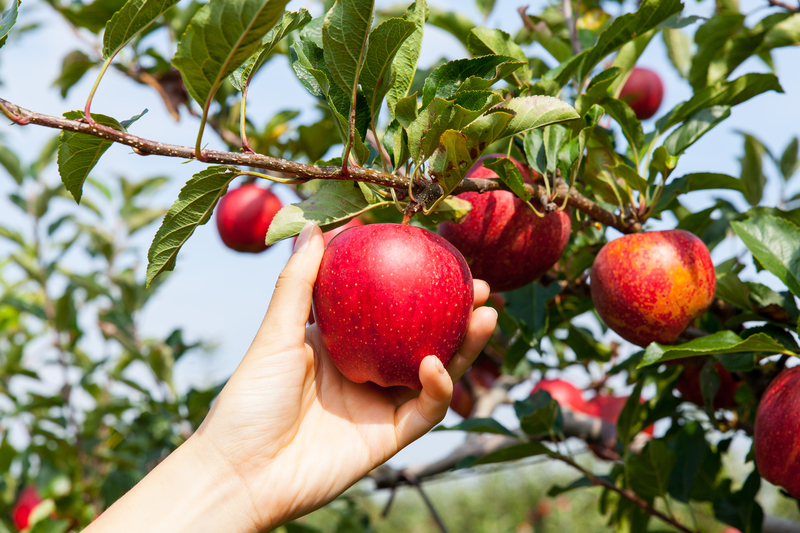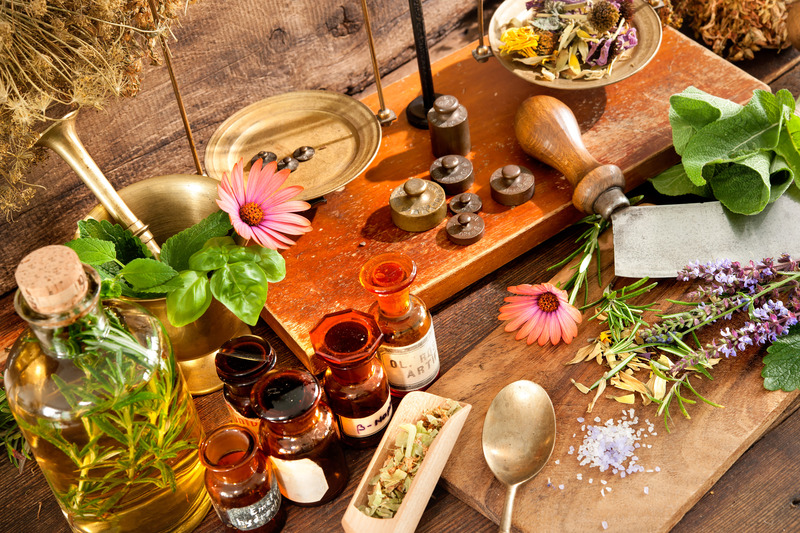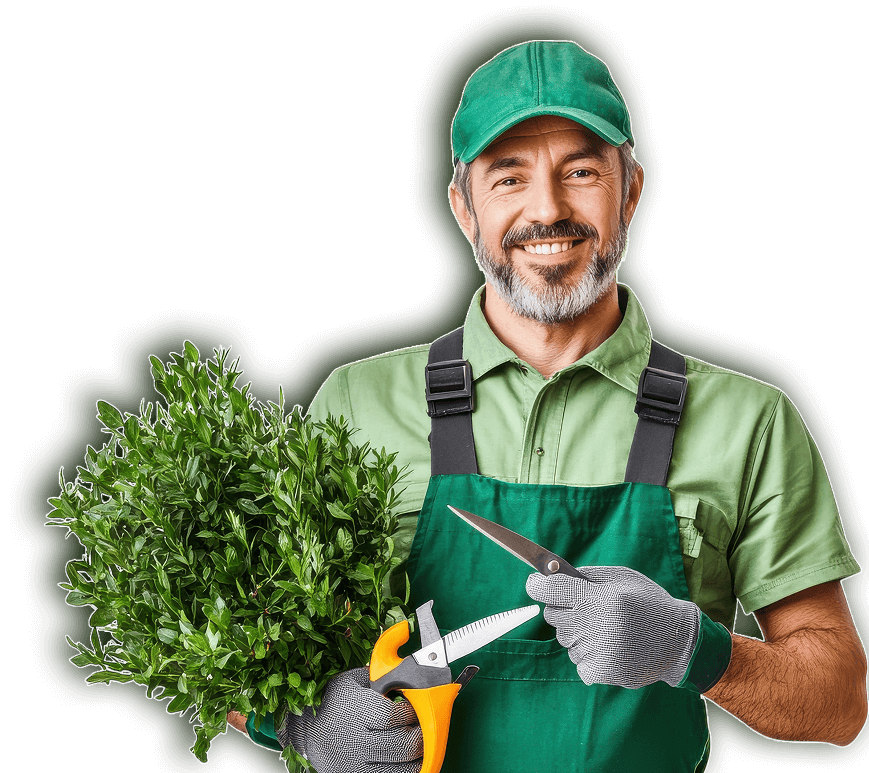Pet-Hazardous Plants Explained
Pets are an integral part of many households, providing companionship, joy, and unconditional love. However, pet owners often overlook the potential dangers that certain household and garden plants can pose to their furry friends. Understanding which plants are hazardous to pets is crucial in creating a safe environment for them. This comprehensive guide highlights some common pet-hazardous plants, discusses their toxic components, and offers advice on how to keep your pets safe.
Common Pet-Hazardous Plants
There are numerous plants that can be harmful to pets if ingested. While not exhaustive, this list includes some of the most common plants found in households and gardens that can pose serious risks to pets.
Lilies
Lilies are renowned for their beauty and fragrance, but many species within the Lilium and Hemerocallis genera are highly toxic to cats. Even a small amount of ingestion can lead to severe kidney failure. Symptoms of lily poisoning in cats include vomiting, lethargy, and loss of appetite. Immediate veterinary attention is required if ingestion is suspected.
Aloe Vera
Though Aloe Vera is celebrated for its medicinal properties and is popular in skincare products, it can be dangerous to pets, particularly cats and dogs. Aloe contains saponins and anthraquinones, which can cause vomiting, diarrhea, lethargy, and tremors in affected animals. If your pet ingests Aloe Vera, it's critical to seek veterinary care immediately.
Sago Palm
Sago Palms are common ornamental plants, but they are extremely toxic to both cats and dogs. All parts of the plant contain cycasin, with the seeds being the most poisonous. Even ingestion of a single seed can cause severe liver damage, vomiting, diarrhea, and, in some cases, death. Prompt medical attention is essential if your pet ingests any part of a Sago Palm.

The Science Behind Plant Toxicity
Understanding why certain plants are hazardous can help pet owners make informed decisions about what to cultivate in their homes and gardens. The primary reason some plants are toxic is due to the presence of certain compounds that disrupt biological functions.
Alkaloids
Alkaloids are organic compounds found in various plants that can have potent effects on the nervous system. For example, plants like Nightshade (Solanaceae family) contain alkaloids that can cause symptoms ranging from vomiting and diarrhea to seizures and respiratory failure in pets.
Glycosides
Glycosides are another category of toxic compounds prevalent in many plants. These compounds interfere with cell functions and can cause severe symptoms such as vomiting, diarrhea, and cardiac arrhythmias. Plants like Oleander and Foxglove are known for their glycoside content and are highly toxic to pets.
Saponins
Saponins are found in aloe and some other plants. They have a soap-like effect that can irritate the gastrointestinal tract, leading to symptoms like vomiting and diarrhea. In severe cases, saponins can cause more serious effects such as tremors and seizures.
Preventive Measures for a Pet-Safe Environment
Pet-proofing your home and garden is essential to prevent accidental plant poisoning. Here are some steps you can take to create a safe space for your pets.
Know Your Plants
Before introducing any new plants into your home, research their potential toxicity. If you're unsure, consult your veterinarian or refer to resources such as the ASPCA's list of toxic and non-toxic plants. Consider using plant identification apps that can help you quickly determine whether a plant is safe for your pets.
Create Boundaries
Placement of plants plays a significant role in preventing accidental ingestion. Keep toxic plants out of reach by placing them on high shelves or using hanging pots. If you have a garden, consider using fencing to create a designated pet-safe area separate from toxic plants.
Train Your Pets
Teaching your pets to avoid plants can be an effective preventive measure. Use positive reinforcement techniques to train your pets to stay away from plants. You can also use deterrent sprays specifically designed to discourage pets from chewing on plants.
Regular Monitoring
Regularly inspect your home and garden for any signs of chewed or damaged plants. If you notice that your pet has been munching on vegetation, identify the plant immediately and take appropriate action.

What to Do If Your Pet Ingests a Toxic Plant
Despite taking preventive measures, accidents can still happen. Knowing how to respond quickly and effectively can make a significant difference in your pet's recovery.
Identify the Plant
If you suspect your pet has ingested a toxic plant, the first step is to identify the plant involved. This information will be critical for the veterinarian to determine the best course of treatment.
Contact a Veterinarian Immediately
Time is of the essence when dealing with plant toxicity. Contact your veterinarian or an emergency animal clinic immediately. Provide as much information as possible, including the type of plant and the amount ingested.
Follow Professional Advice
Do not attempt to treat your pet at home unless specifically advised by a veterinarian. Some home remedies can make the situation worse. Follow the professional guidance to ensure the best outcome for your pet.
Conclusion
Protecting your pets from hazardous plants involves a combination of education, preventive measures, and vigilance. By understanding which plants are toxic and taking steps to mitigate risks, you can create a safer environment for your beloved animals. Always stay informed and proactive to ensure that your home is a sanctuary for all its inhabitants, both human and furry.
Remember, when in doubt about any plant, always consult your veterinarian. Your pet's health and well-being are worth the extra effort and attention.





